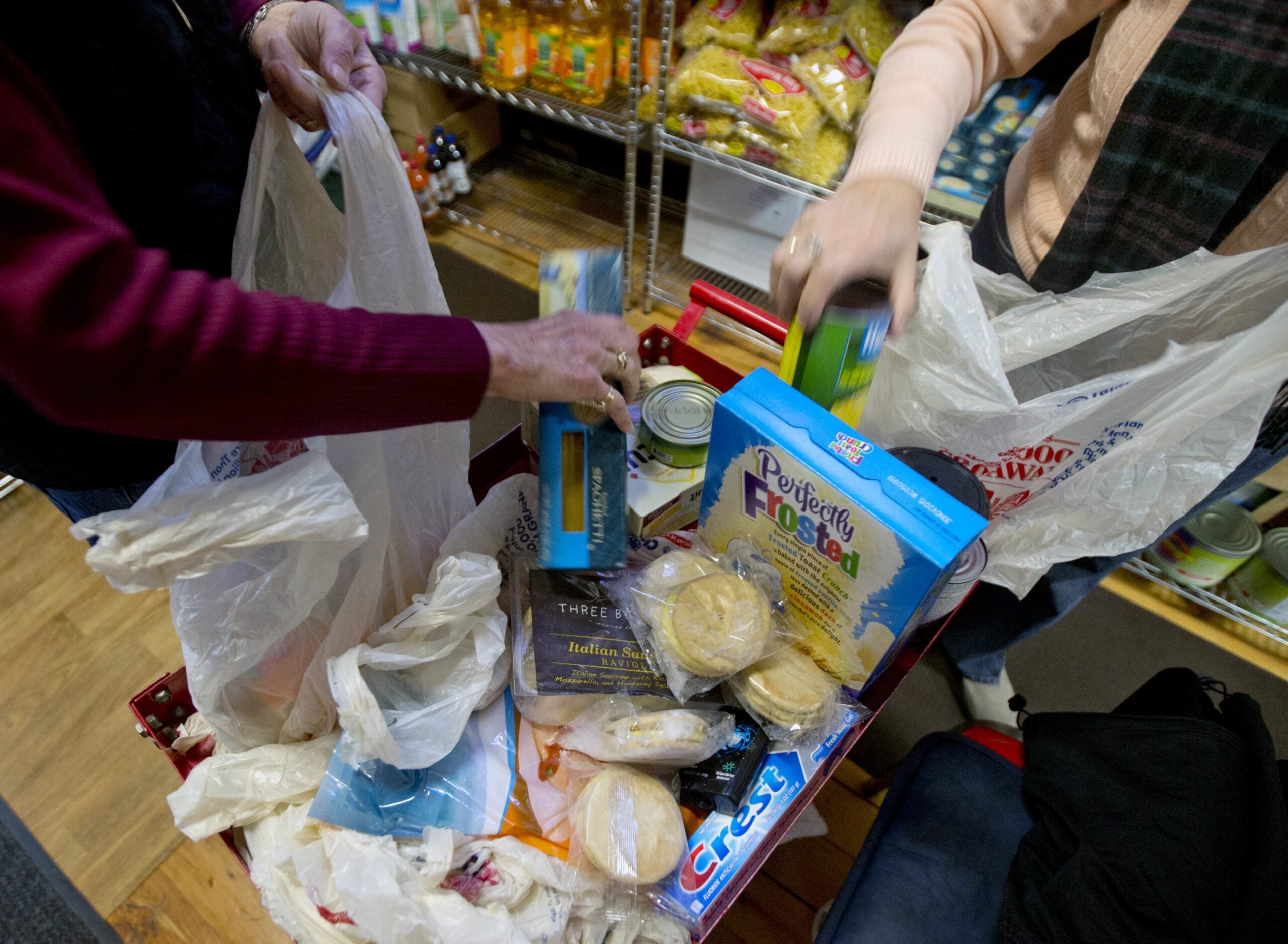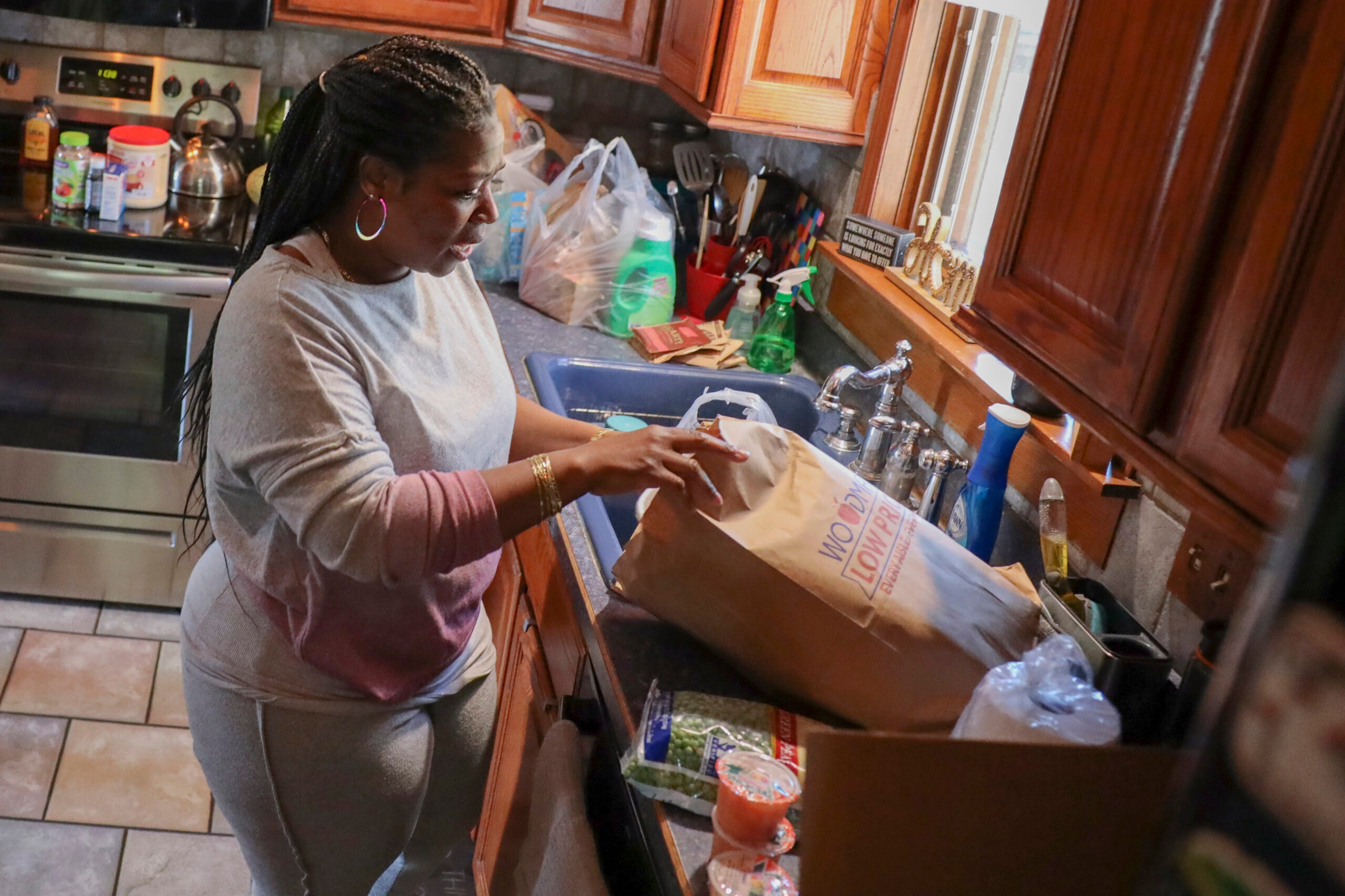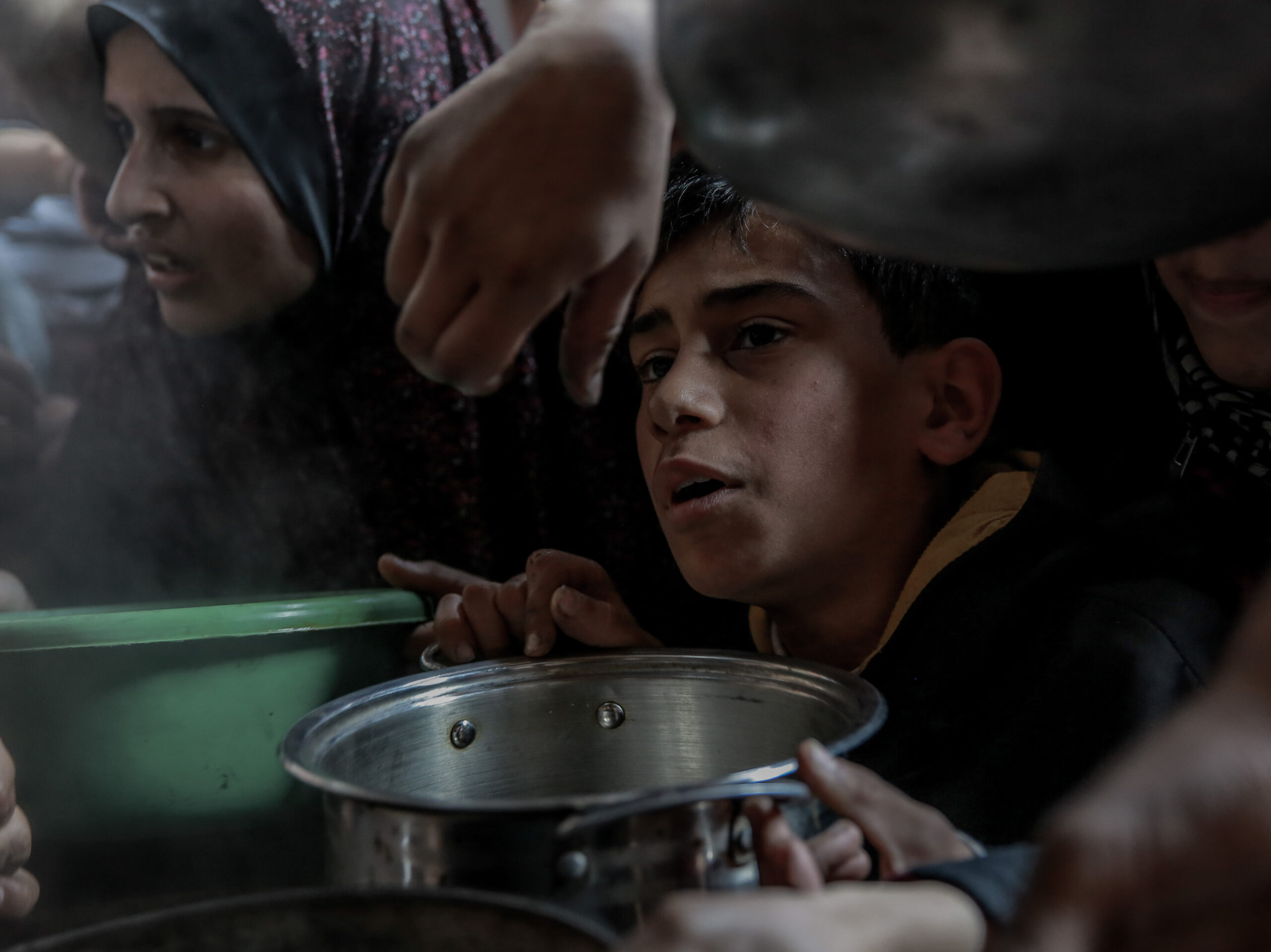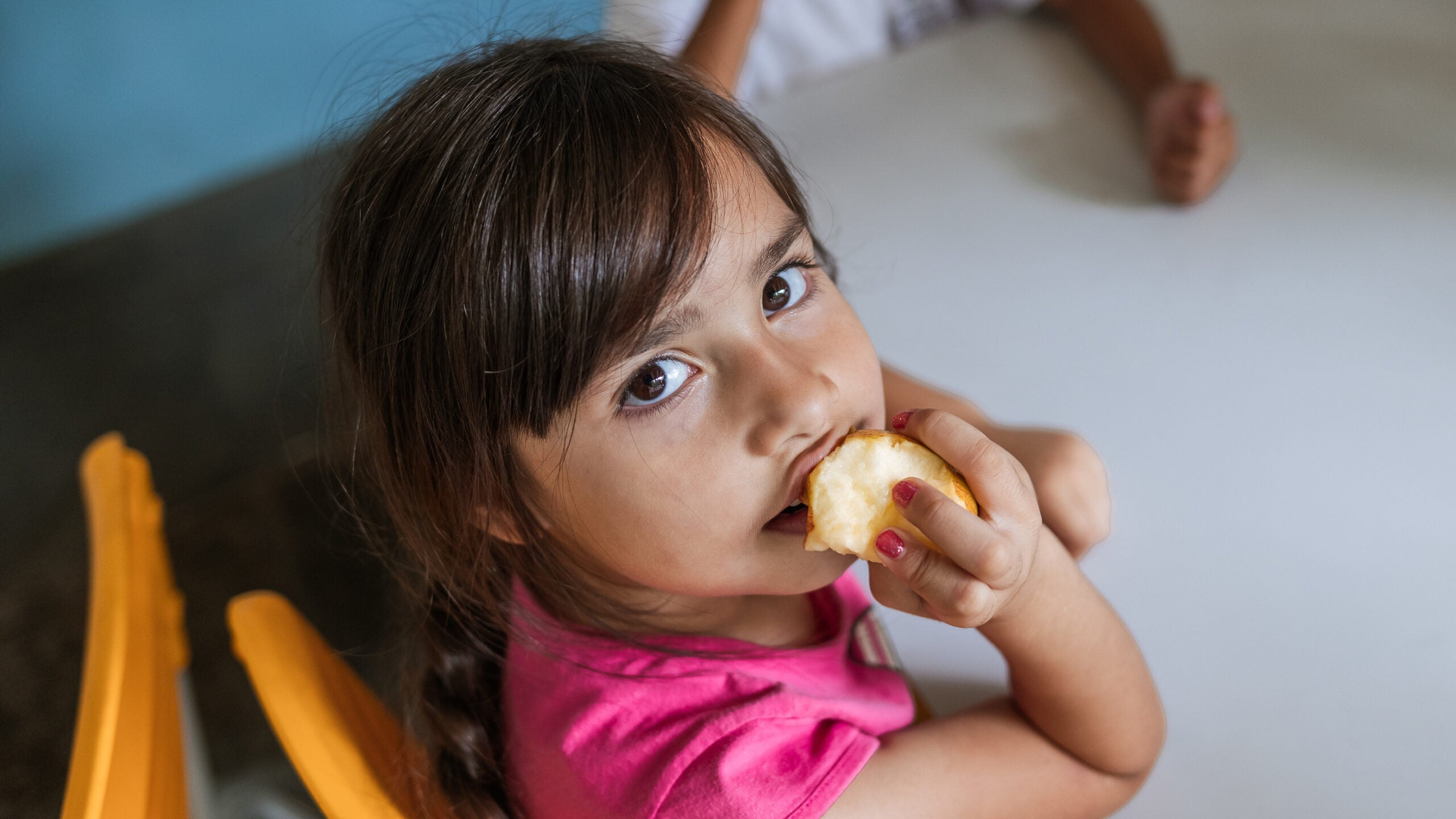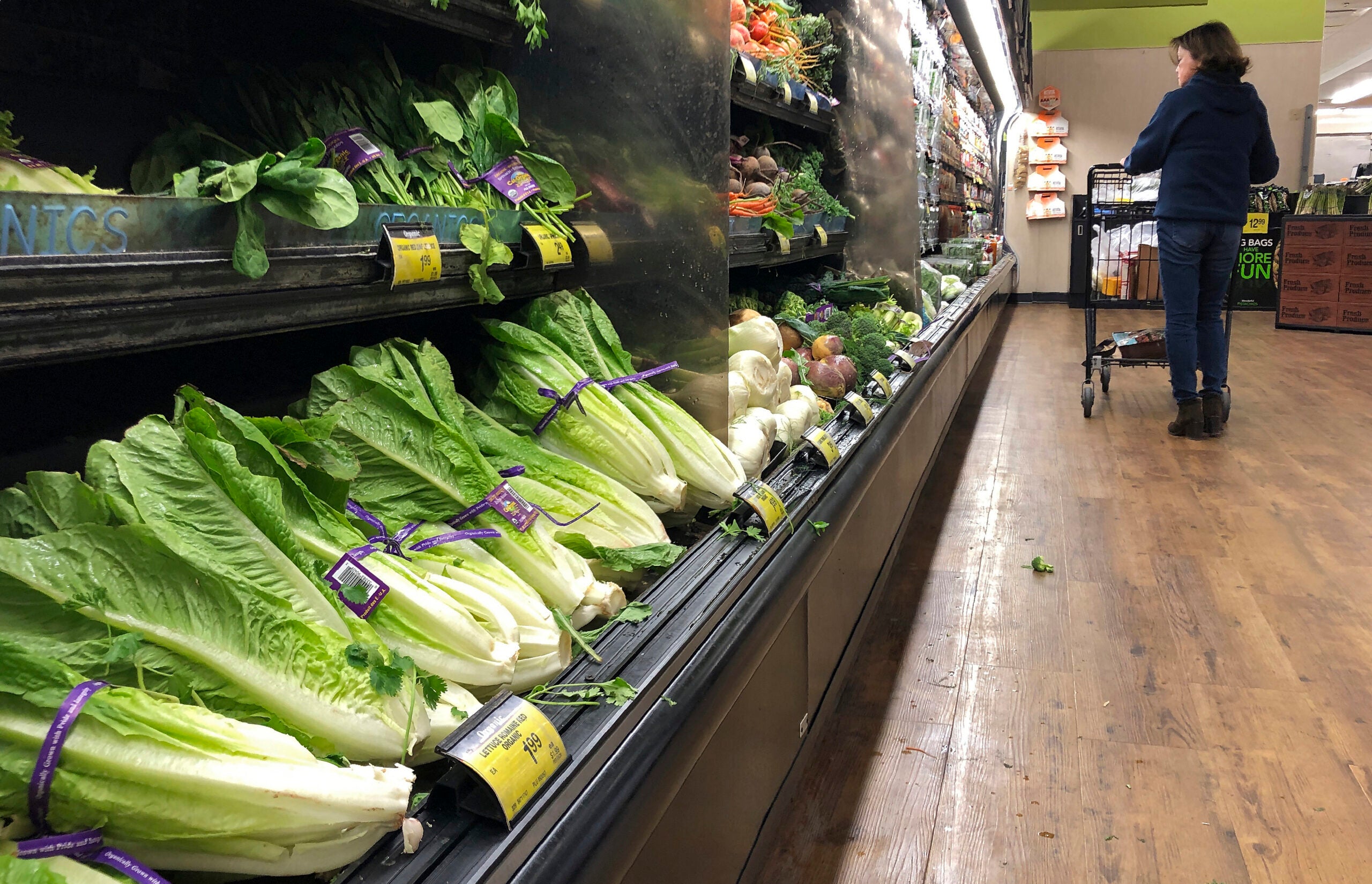Many people may have spent time celebrating the Thanksgiving holiday this week over all the fixings, but thousands of people across the state are struggling to put food on the table.
Feeding America Eastern Wisconsin serves around 400,000 people each year through their food banks, according to marketing and communications director Lori Holly. She said the number of people served by their food banks has grown about six percent over the last several years. Holly said one reason for the increase may be that people have overcome the social stigma about asking for help.
“I think that’s some of what you’re seeing in the numbers growing,” she said. “Certainly, there’s more jobs out there. The unemployment rate is dropping. I do think that we still are looking at the need for more family-sustaining wages and jobs.”
Stay informed on the latest news
Sign up for WPR’s email newsletter.
Children make up almost one-third of the people served in eastern Wisconsin and seniors account for roughly 10 percent. Holly said they see higher rates of hunger in rural areas across the 36 counties they serve.
“There’s a couple factors playing into that and one is that jobs are harder to come by and wages tend to be lower,” she said.
Holly said they also see higher rates of hunger in the Milwaukee area where one in four children struggle to access food.
Northern Minnesota and Wisconsin also experience higher rates of food insecurity among children compared to the states as a whole, according to Shaye Moris, executive director of Second Harvest Northern Lakes Food Bank. The nonprofit organization serves around 40,000 people each year through 41 food shelves and 180 programs in the region.
In Minnesota, food insecurity touches 13.8 percent of kids in the state, whereas 17.2 percent of children in northern Minnesota face hunger. In Wisconsin, the number of kids facing hunger is around 17 percent compared to 20.9 percent in northern Wisconsin, according to figures provided by the food bank.
“I think in our region the rural communities we serve in particular that’s where we see it seems like higher rates of food insecurity and food shelf use,” said Moris. “To us, it would mean maybe the access to food is a little bit more difficult in those rural communities that we’re serving compared to say like an urban center.”
She said a lack of transportation options or family-sustaining jobs tend to play a role in high rates of food insecurity. Moris noted just under 18,000 people were using food shelves each month across the region during the height of the recession. Despite declining unemployment rates, she said those numbers haven’t returned to pre-recession levels.
“That number hovered around 12,000 a month,” she said. “I think the 41 food shelves that we serve are serving almost 16,000 people … a month on average.”
Holly added people are struggling to pay for medical bills, prescription drugs and utilities, noting that seniors are often living on fixed incomes.
“Hunger is kind of that thing that can affect everybody because we’re all just one job loss or medical crisis away from needing that food assistance,” she said.
Around 600,000 people in Wisconsin seek services from five food banks and their partners each year, according to the most recent hunger study from Feeding America.
Wisconsin Public Radio, © Copyright 2024, Board of Regents of the University of Wisconsin System and Wisconsin Educational Communications Board.

